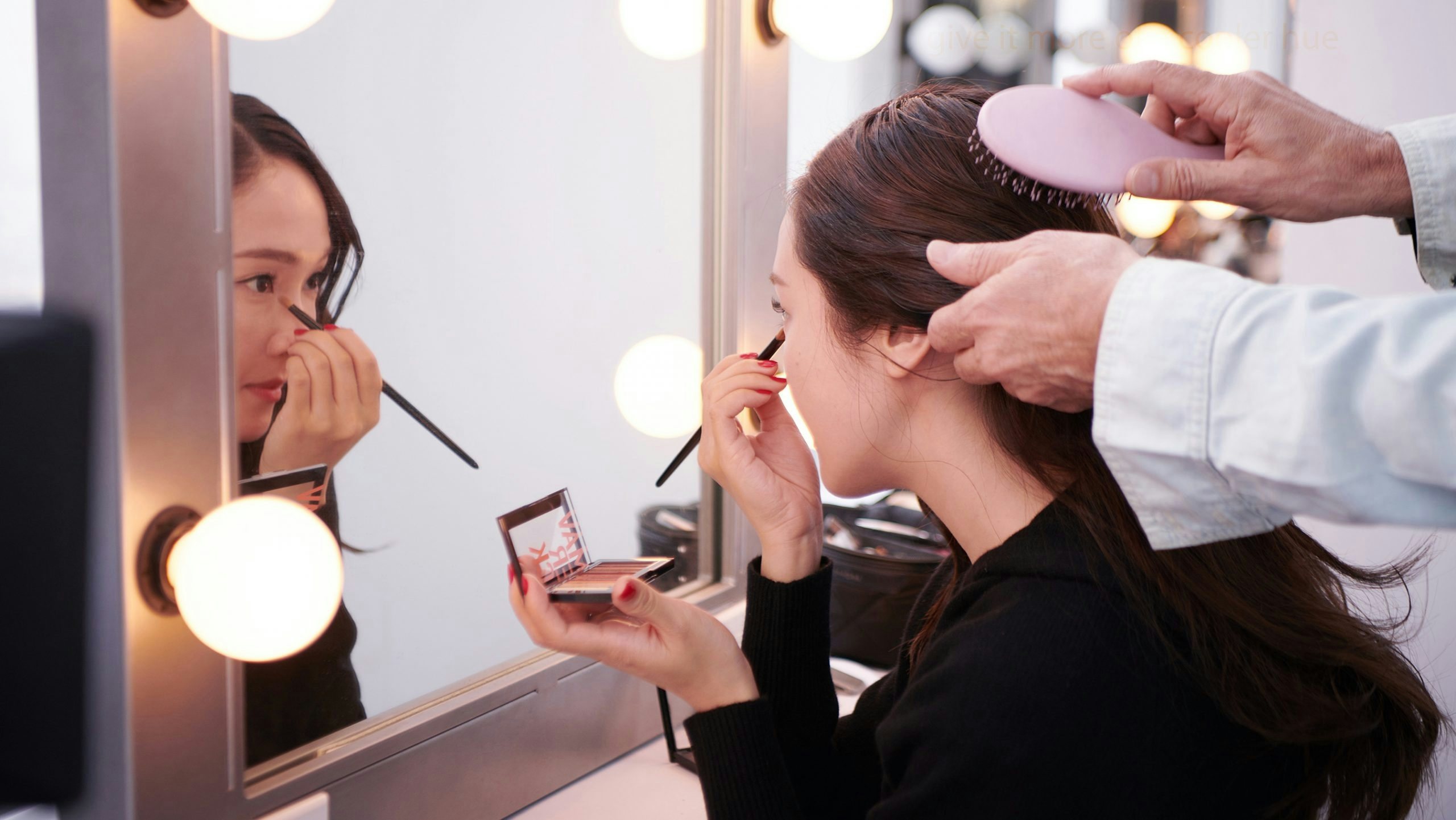What happened
: Cosmetics brand Revlon managed to finalize enough commitments from bondholders to stave off bankruptcy. So, for now, the company, which acquired Elizabeth Arden in 2016 and also owns grooming line American Crew, has righted the ship. However, its future in China is less certain.
Dogged by unclear brand positioning, Revlon has already exited the market once, in 2014, only to re-enter it earlier this year. It is now selling on Tmall (having switched from Tmall Global), and has dropped department stores and supermarkets - a wise call. But will it be able to woo back China’s consumers and keep business afloat?
The Jing Take
: Even before the pandemic, Revlon was struggling in China’s highly-competitive beauty market. Brand sales have declined for eight consecutive quarters, and Chinese media outlets reported large staff layoffs in March. Still, many of Revlon’s 500,000 followers on Weibo were shocked and saddened to hear about the company’s bankruptcy. Others were more cynical, hinting that the impending insolvency had been timed around Singles’ Day to boost company sales. Regardless, it recorded strong numbers during the festival indicating that the company still has fans. Its black tube lipstick line sold 350,000 units and its color #325 sold out completely. (Additionally, during the 618 e-commerce festival, Revlon lipsticks were featured in Luo Yonghao's live broadcast, where over 20,000 were sold.)
But, Revlon’s lack of urgency in the China market is worrying. For one, it waited until this March to sign ambassador Liu Yuning on as its local spokesperson (previously, it had only tapped international actors.) What’s more, its new product innovations haven’t connected with consumers. Revlon’s #225, once praised by another liverstreamer, Li Jiaqi in 2019, remains one of the more famous and most-used among Revlon’s lipsticks. However, China craves newness and innovation, not staid classics. Revlon now faces fierce competition from local C-beauty brands, which are more nimble and closer to the consumer. A new generation of C-beauty heroes has taken the lead by being culturally relevant, digital-first, and highly cost-effective. Perfect Diary, Hedone, Chando, Marie Dalgar, Huaxizi, the list goes on. Thus, while there are many Chinese citizens, there are many choices on offer.
Revlon’s debts have been covered, and insolvency has been avoided but its track record in China should be a wake-up call for all global labels.
The Jing Take reports on a piece of the leading news and presents our editorial team’s analysis of the key implications for the luxury industry. In the recurring column, we analyze everything from product drops and mergers to heated debate sprouting on Chinese social media.
